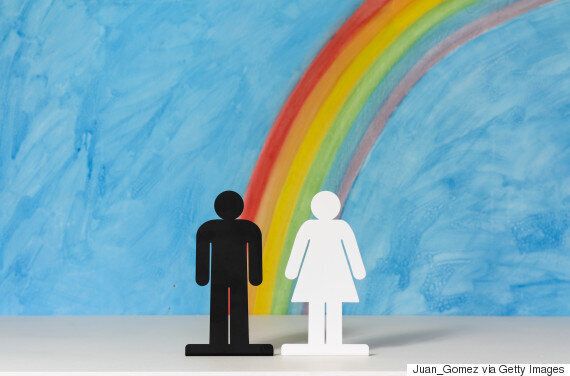
I am an optimist at heart. There is always a little voice in my head saying 'Yes we can' when others are telling me something cannot be done. But I confess my inner optimist has been rather tested with the latest official gender pay gap statistics. The picture is not a positive one. There is one glimmer of good news as the full-time median average difference in hourly pay between women and men has fallen from 9.4% to 9.1%. However, on every other measure, it's heading in the wrong direction. If we look at the aggregate pay gap for full-timers and part-timers it's growing (from 18.2-18.4%) and on the mean average measure the full-time gap it is stuck at 14.1%. In fact, taking rates of change in the mean average over the last three years, at current rates of progress the gap will never close.
Look beneath the headline averages and there are also some further worrying numbers. For example, the gap for women in their 20s and 30s seems to be widening, not narrowing. So what is going on? It is difficult to say just by looking at the figures. But one clue might be found in what the Chartered Management Institute reported recently when they said the pay gap for managers had actually widened in the past year with male managers now receiving £12K a year more than their female colleagues. That tells me that we are not getting more women into the top jobs in sufficient numbers and men at the top are paying themselves rather well, thank you very much.
So what is to be done about this persistent inequality in our workplaces? Gender pay gap reporting means large employers will at least have to declare their pay gaps for both basic pay and bonuses and also publish where women and men are in their organisation. Many employers Fawcett has been speaking to have told us that this exercise has given them a useful insight into their organisation and they want to do something about the pay gap they have found. But they are also anxious about how they should communicate the information and don't know what action they should take to close it.
But here is what needs to change. Firstly, we have to get more women into higher paying technology, science and engineering roles and we must also start paying the lowest paid roles, such as care workers, which are dominated by women, a decent living wage. Unfortunately, the government has currently suspended the enforcement of the minimum wage in the social care sector so that mostly female workforce is valued even less than the law says they should be.
Secondly we just have to get more women into those top jobs. That means redesigning work to make senior roles flexible or part-time, making them more attractive to women and tackling male-dominated culture that puts women off or actively discriminates against them or even, as we have seen recently, normalises harassment.
Thirdly, we also have to support men to take on more of the caring role, that means creating a leave system that actively encourages men to take time off with a longer, better paid period of dedicated leave for fathers. The unequal impact of caring roles is one of the big drivers of pay inequality.
Finally, the simplest step we need to take is we just have to start talking about pay. Pay secrecy is the perfect cover for pay inequality. Gender pay gap reporting will not give us pay transparency but it will at least prompt more conversations in the margins of the working day about pay. That is the beginning of how it can change, and I believe it will change. My inner optimist lives to fight another day.
Equal Pay Day is on Friday 10th November
